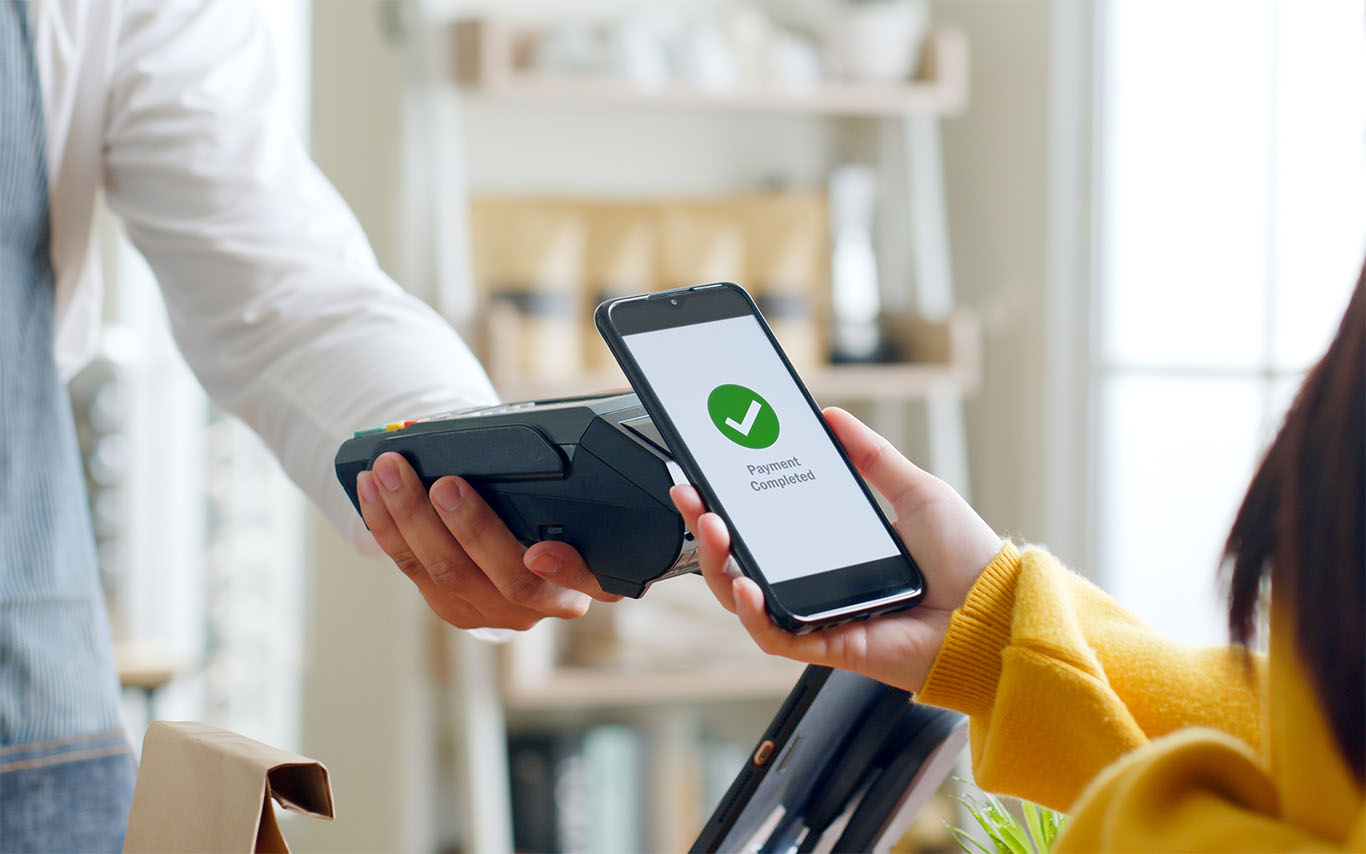
How contactless payment tech shapes modern shopping behavior
Subscribe to our free newsletter today to keep up to date with the latest business news.
Modern shoppers expect speed and convenience at every touchpoint. As digital transformation grows, payment technology has become a core factor in where and how people shop. Statista projects that the global digital payments market will reach 14.78 trillion dollars by 2027, driven by mobile commerce growth and financial technology adoption. What was once optional, the ability to tap, scan or click to pay, is now an expectation that shapes loyalty and purchasing choices.
Retailers that fail to keep up risk falling behind. A McKinsey study found that 73 percent of consumers now expect stores to offer contactless or digital payment methods, showing how standard these systems have become. For merchants, the message is clear: frictionless payments are no longer optional but necessary to stay relevant.
Why merchants must offer frictionless checkout to remain competitive
Long checkout lines have always frustrated shoppers. Online, a clunky payment process drives abandoned carts and lost sales. Deloitte reports that merchants using seamless payment solutions can boost conversion rates by up to 20 percent. By removing barriers at the final step, retailers increase sales and build trust with repeat buyers.
Payment tech also helps stores collect data on shopping habits, allowing personalized discounts and loyalty programs. This data turns single purchases into longer-term customer relationships and an edge in busy markets.
Shoppers benefit from faster, safer digital payments
Contactless and digital payment methods save time, cut down on physical contact and improve security through tokenization and biometrics. Mobile wallets now account for over half of all global e-commerce payments, showing how quickly consumer behavior has changed.
When shoppers trust that they can pay quickly and securely, they are more likely to complete a purchase. Seamless systems also simplify refunds and returns. In a world where a single poor checkout experience can break loyalty, every smooth tap or swipe matters.
Smooth payments rely on a blend of tools, NFC-enabled devices, modern POS systems and secure APIs that link stores with payment processors. Stores that upgrade these systems can adapt more easily to future options, from digital wallets to cryptocurrency.
Embedded finance and integrated payment systems mean small businesses can now offer experiences that once only major retailers could. More advanced payment platforms help stores expand fast and serve buyers wherever they shop, online, in-store or through mobile apps. As shoppers get used to quick, secure payments, they will expect it everywhere. Retailers who invest in frictionless technology will attract and keep buyers, cut abandoned carts and learn more about their customers.
Sources: